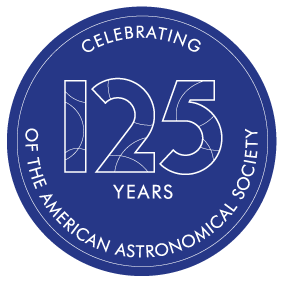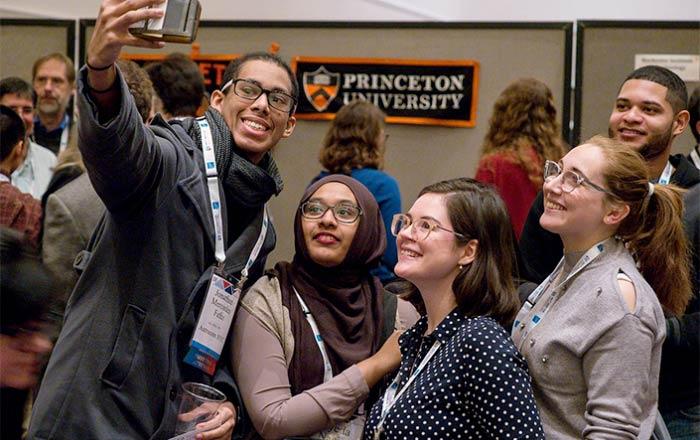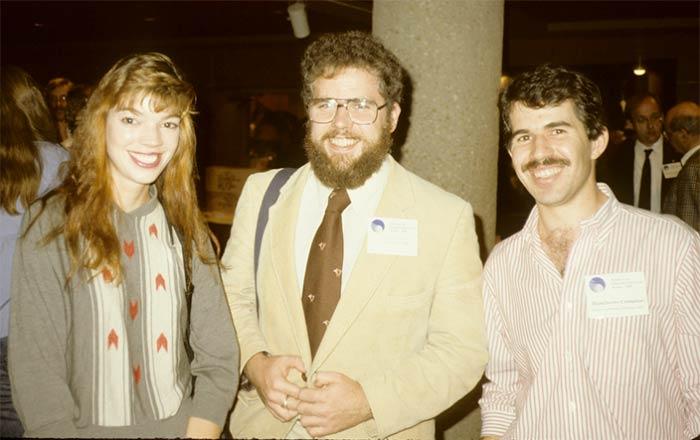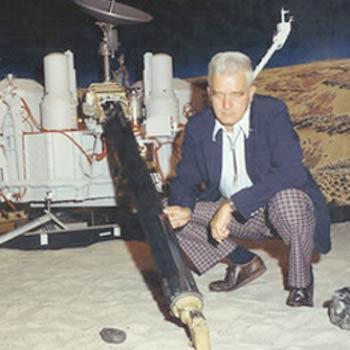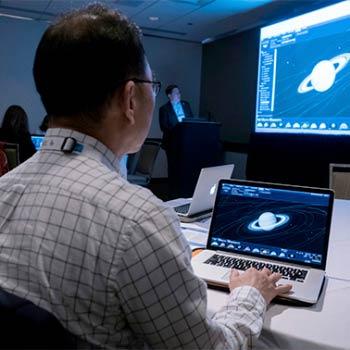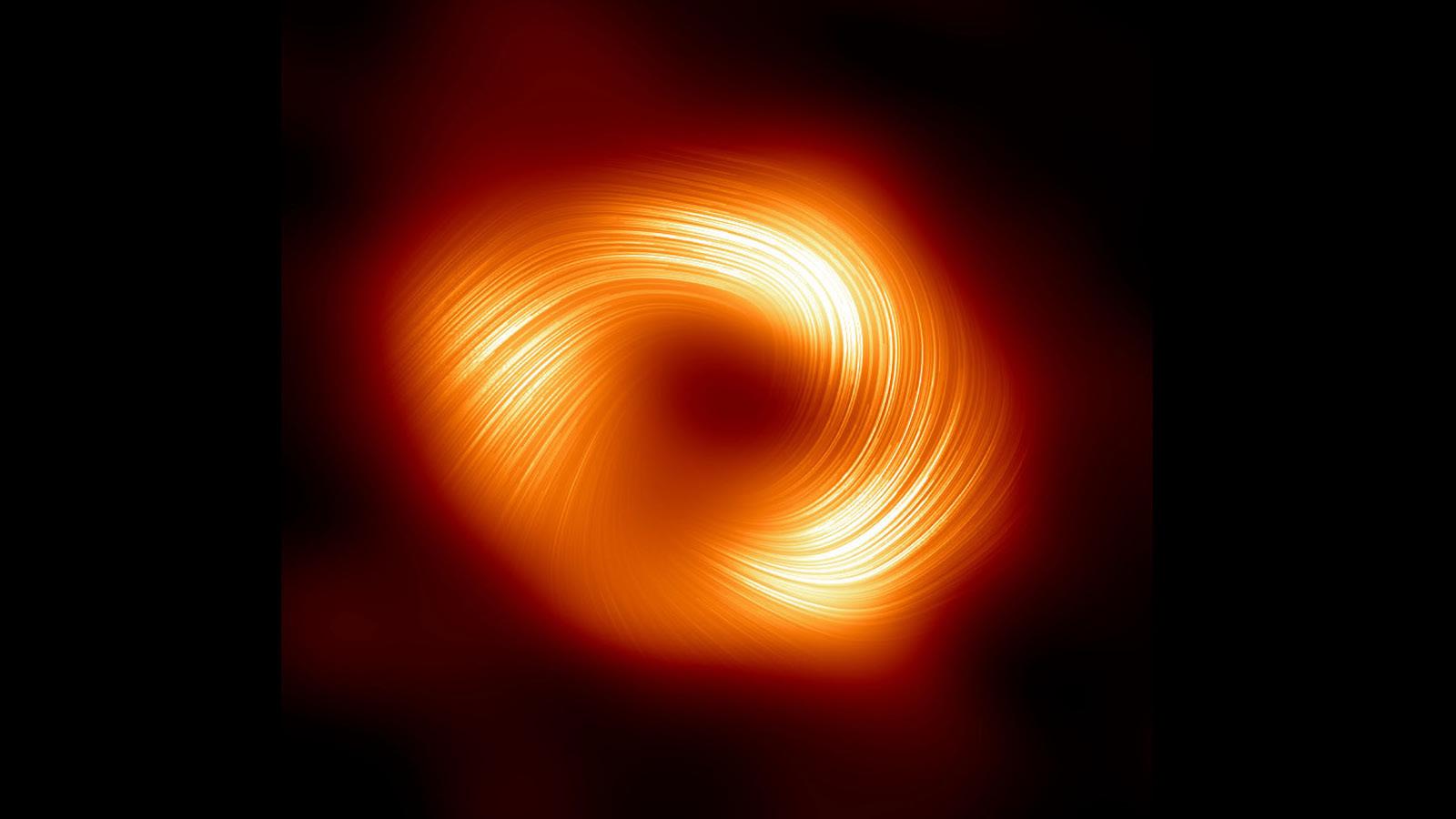
Recently, the Event Horizon Telescope Collaboration released this image, which shows the supermassive black hole at the center of our galaxy in an entirely new light — polarized light, to be exact. The new data reveal the strength and structure of the magnetic fields very close to the black hole, where superheated gas swirls in a glowing accretion disk. To learn more about the Milky Way's central black hole and what this new image shows, you can read our AAS Nova highlight or the corresponding research article in the Astrophysical Journal Letters. [EHT Collaboration]
AAS members and counting...
Joining the AAS community provides you special access to:
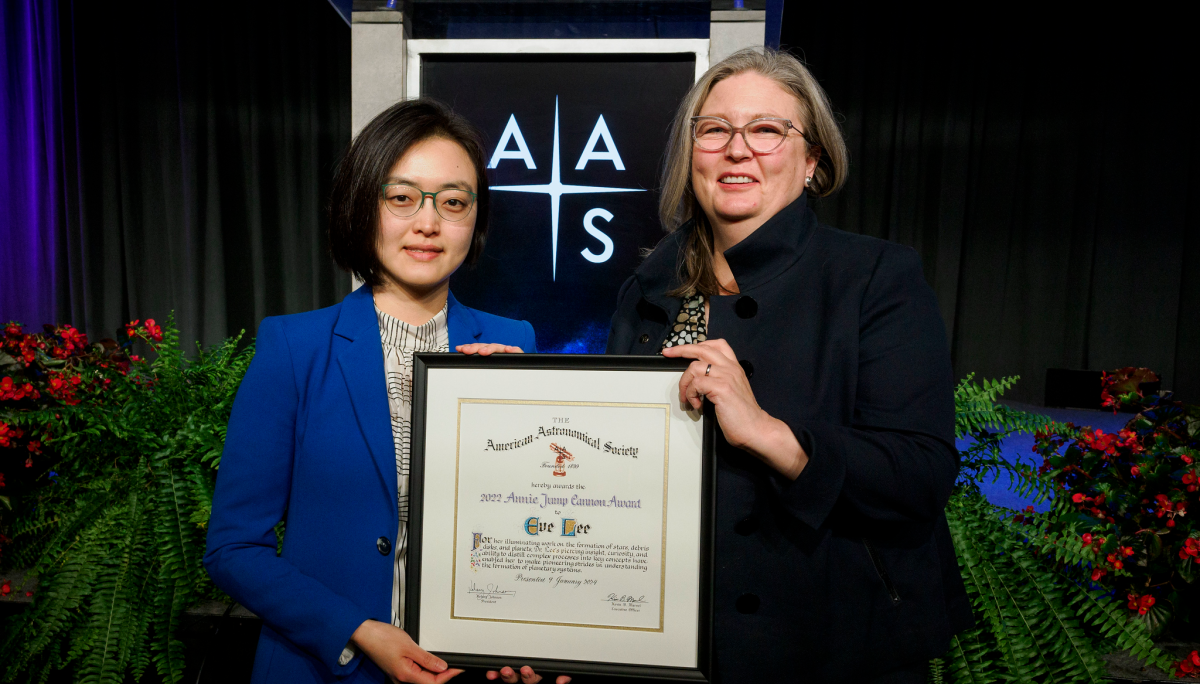
Want to get more involved with astronomy?
Donating to the AAS enables us to advocate, teach, and connect current and future astronomers.


